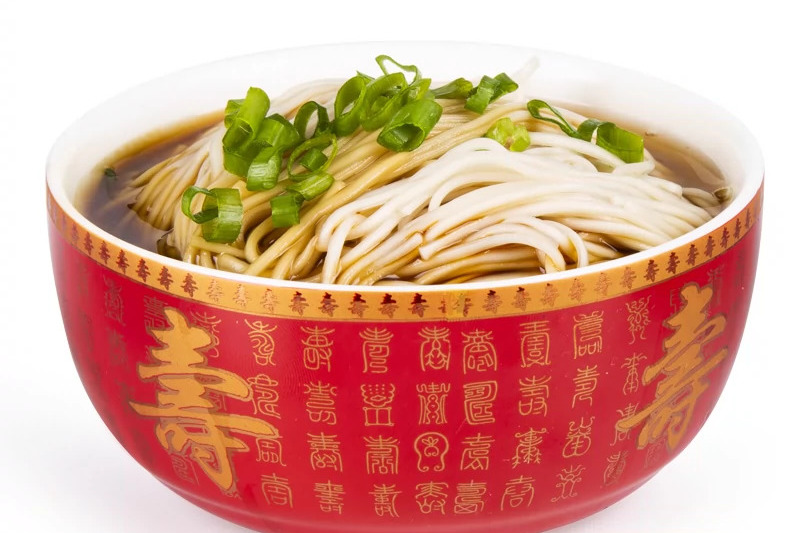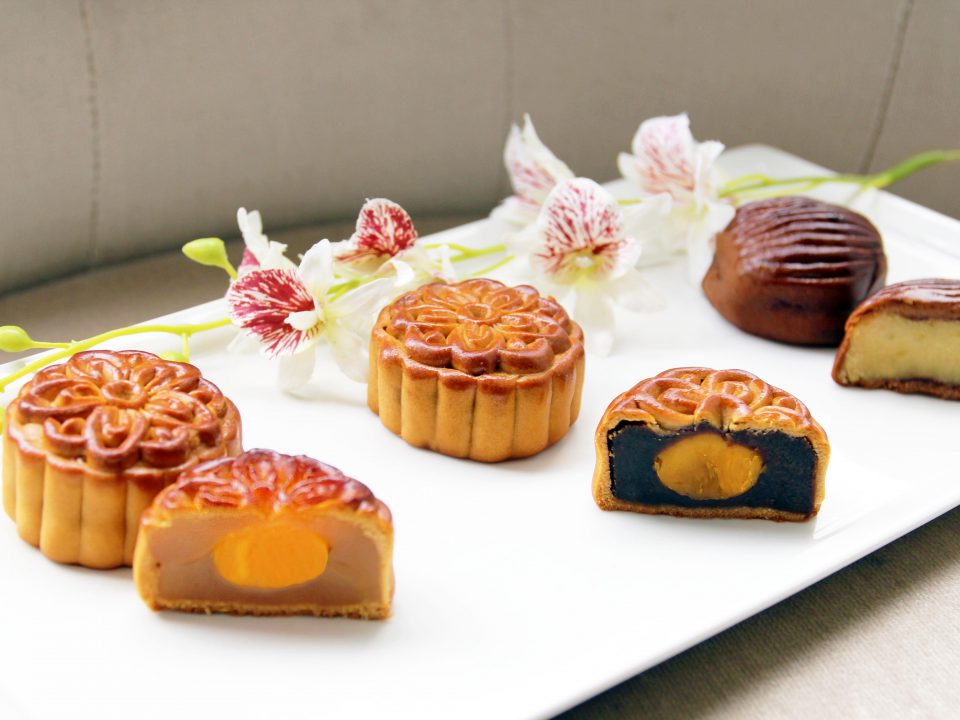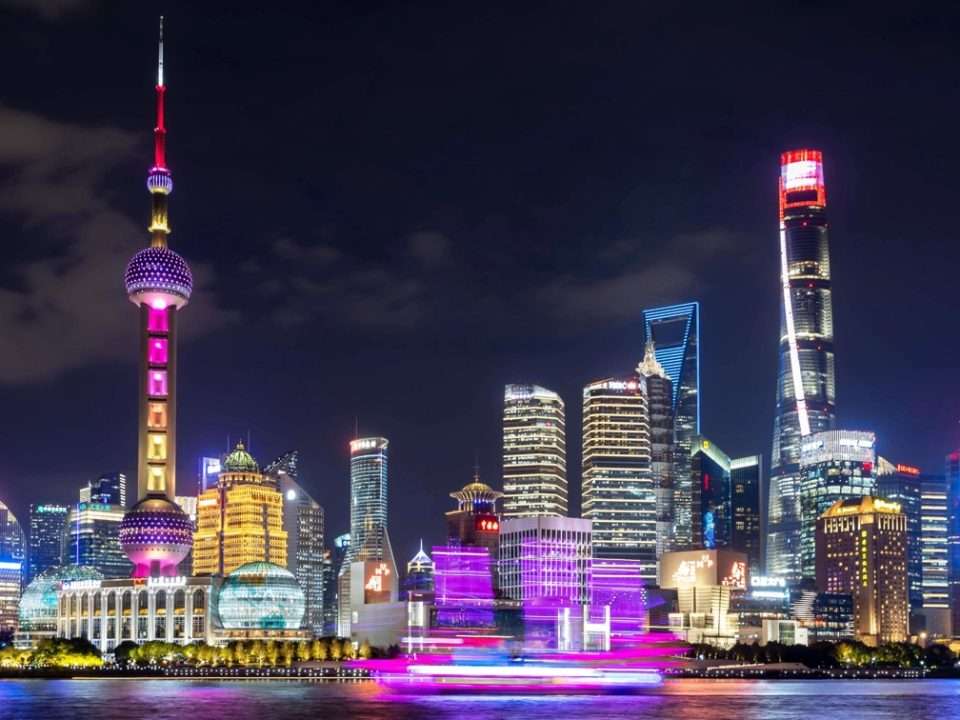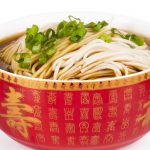
How Do Chinese People Celebrate Birthdays?
2025-09-26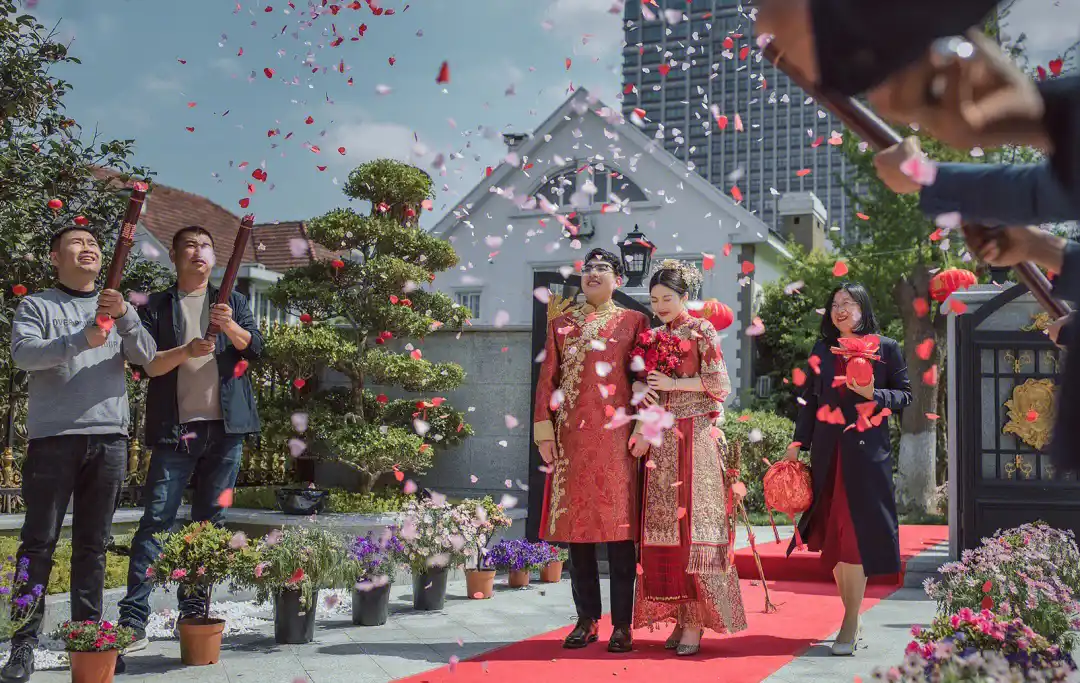
Chinese weddings are vibrant celebrations steeped in centuries of tradition, rich symbolism, and cultural significance. While modern couples often incorporate Western elements like white wedding dresses and exchanging rings, traditional Chinese wedding traditions continue to play a central role, especially in ceremonies involving older generations or in more conservative families. Understanding these customs offers a fascinating glimpse into Chinese values surrounding family, prosperity, and the beginning of a new union.
The Foundations: Engagement and Auspicious Beginnings
The journey towards a Chinese wedding often begins with the engagement (订婚 – Dìnghūn). This formal agreement isn’t just between the couple but involves both families. A key aspect is choosing an auspicious date for the wedding, often determined by consulting a lunar calendar or a fortune teller to ensure good luck for the couple’s future. Red, symbolizing joy, luck, and prosperity, is the dominant color throughout the engagement and wedding process.
Pre-Wedding Rituals: Gifts and Preparation
Several important pre-wedding rituals mark the lead-up to the big day:
- Presenting Betrothal Gifts (过大礼 – Guò Dàlǐ): The groom’s family presents gifts to the bride’s family. This typically includes practical items for the new household (like bedding, cutlery), symbolic foods (red dates, peanuts, longans – representing fertility and early children), and often valuable items like jewelry. The presentation is a formal acknowledgment and respect towards the bride’s family.
- Hair Combing Ceremony (梳头 – Shūtóu): On the eve of the wedding, both the bride and groom participate in a hair combing ritual, often performed by a respected elder (like a mother or grandmother). Each comb stroke carries a blessing, such as wishing for many children, happiness, and longevity. It signifies the transition into adulthood and married life.
- Setting up the New Home: The groom’s family prepares the marital home, furnishing it and often placing red decorations to invite good fortune.
The Wedding Day: A Symphony of Symbolism
The wedding day itself is a complex and joyous affair, traditionally divided into several key parts:
- Fetching the Bride (迎亲 – Yíngqīn): The groom, accompanied by a lively group of family and friends, travels to the bride’s home. This isn’t just a pick-up; it often involves playful “obstacles” or small challenges set by the bride’s friends or family, which the groom’s party must overcome (e.g., solving riddles, performing tasks) before being allowed to take the bride. This adds fun and tests the groom’s sincerity.
- The Ceremony: Traditionally, this involved kowtowing (拜堂 – Bàitáng), where the couple bows to Heaven and Earth, then to the parents, and finally to each other, formally recognizing the union. While this is less common in modern urban weddings, the concept of honoring parents and ancestors remains important. Exchanging rings, a Western influence, is now widely practiced.
- Wedding Banquet (婚宴 – Hūnyàn): The highlight is the grand wedding feast, often held at a hotel. It’s an elaborate affair with multiple courses, attended by a large number of guests including family, friends, colleagues, and business associates. The couple, dressed in traditional red (or modern white) attire, greets guests at their tables. Red envelopes (红包 – Hóngbāo) containing monetary gifts are customary for guests to give, helping the new couple establish their household.
- Symbolic Foods: Specific foods are chosen for their auspicious meanings:
- Sweet Red Bean Soup or Glutinous Rice Balls (汤圆 – Tāngyuán): Representing togetherness and a sweet life.
- Fish: Symbolizing abundance and prosperity.
- Long Noodles: Wishing the couple a long life together (must be eaten uncut).
Modern Adaptations and Evolving Practices
Today’s Chinese weddings are a beautiful blend of old and new. Many couples opt for Western-style ceremonies in the morning (white dress, tuxedo, church or hotel chapel) followed by a traditional banquet in the evening. Destination weddings, pre-wedding photoshoots in scenic locations (often including traditional costumes), and personalized touches are increasingly popular, especially among younger generations in major cities. The core Chinese wedding traditions of family involvement, seeking good fortune, and celebrating the union remain, but the expression is constantly evolving.
The Enduring Significance
Chinese weddings, whether strictly traditional or modernized, underscore the paramount importance of family, the hope for prosperity and harmony, and the community’s blessing for the new couple. The intricate customs and symbolic gestures reflect deep cultural values and wishes for a happy, successful marriage. For more insights into Chinese cultural practices, visit our Chinese Knowledge Hub. Engaging directly with native speakers who have experienced these celebrations provides the most authentic understanding of these cherished traditions. Resources from cultural institutions, such as the China Highlights – Chinese Weddings , also offer valuable background information.



